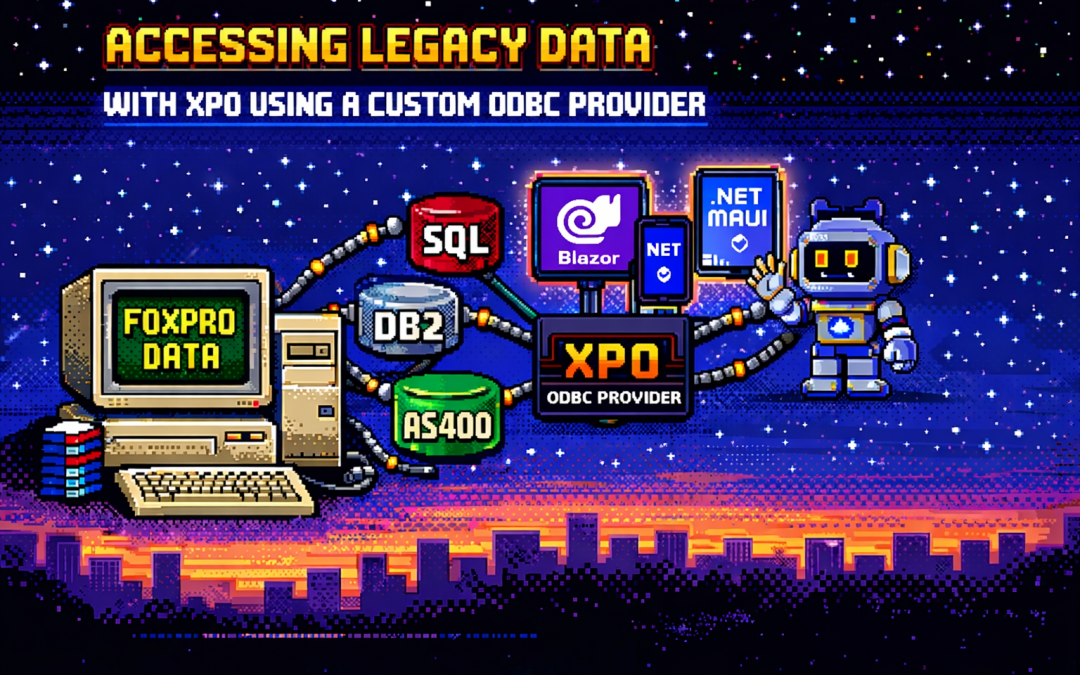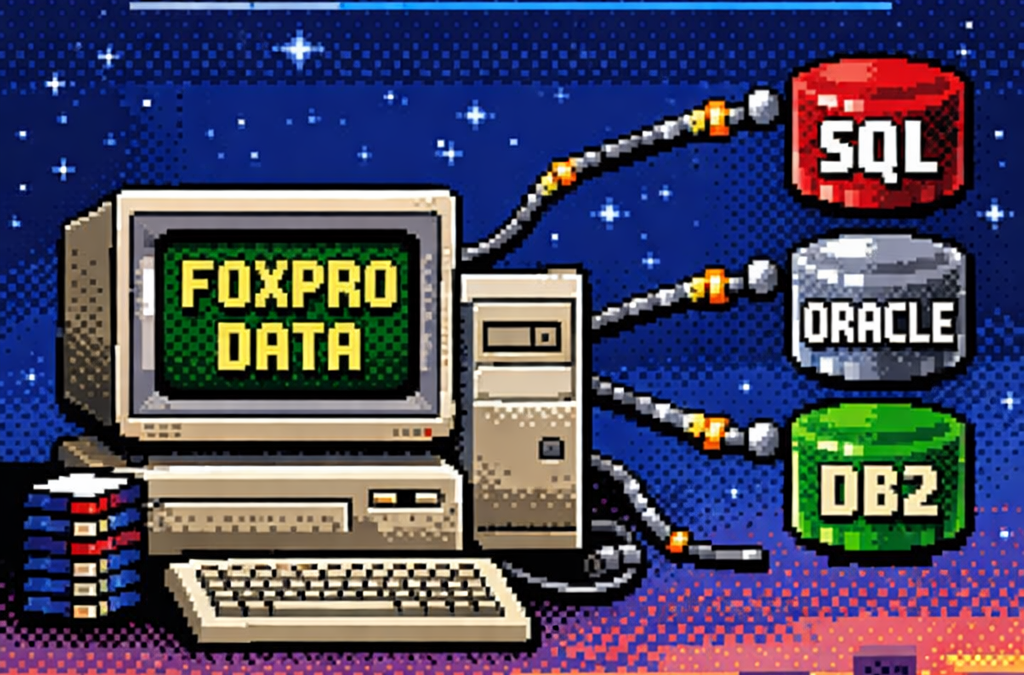
Accessing Legacy Data (Fox pro) with XPO Using a Custom ODBC Provider
Accessing legacy data doesn’t require rewriting old systems. This article explains how XPO and ODBC can be combined to integrate FoxPro, AS400, and DB2 databases into modern .NET architectures, enabling the use of Blazor, .NET MAUI, and even AI agents while respecting legacy dialects and type systems.

ODBC: A Standard That Was Never Truly Neutral
ODBC has been connecting applications to databases for decades. From FoxPro’s all-in-one world to modern .NET systems, this article explores what ODBC really is, why it still matters, and how it helps reduce database dependencies while improving portability and long-term maintainability in enterprise software.

Oqtane Event System — Hooking into the Framework
Learn how Oqtane’s event system works and how to hook into it using event subscribers. This guide covers user creation, login, and custom module events — with working C# examples and best practices for building reactive, event-driven modules.

Oqtane Silent Installation Guide
While working on Oqtane prototypes, I kept running into the setup wizard again and again — so I decided to automate the whole thing. This article shows how to configure a silent installation using the appsettings.json file, define default themes, containers, and templates, and save hours when spinning up new Oqtane sites for testing or deployment.

My Journey Exploring the Oqtane Framework
A developer’s field notes on learning Oqtane by reading source code, mapping lessons from XAF, and aiming for a single .NET codebase across client, server, and mobile—plus a personal update: I’m about to start learning Russian at the University of St. Petersburg.

Setting Up Hostnames for Multi-Tenant Sites in Oqtane
Learn how to configure hostnames for multi-tenant sites in Oqtane using the Windows hosts file. This guide walks you through simulating local domains, routing tenants correctly, and understanding how DNS and web servers like Apache or Nginx handle requests — all explained with real examples and a bit of personal history.



